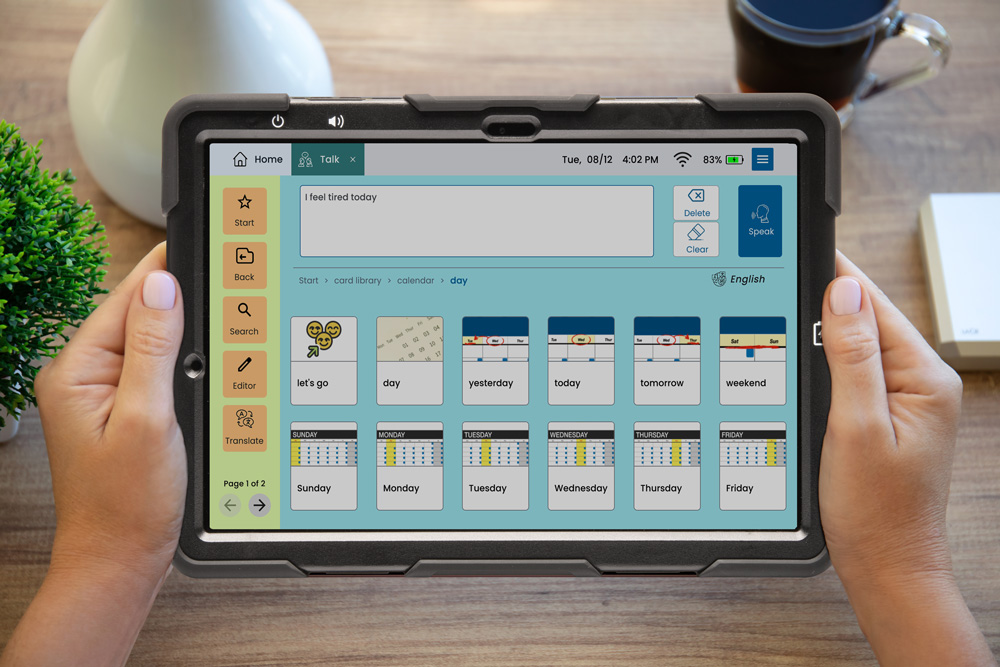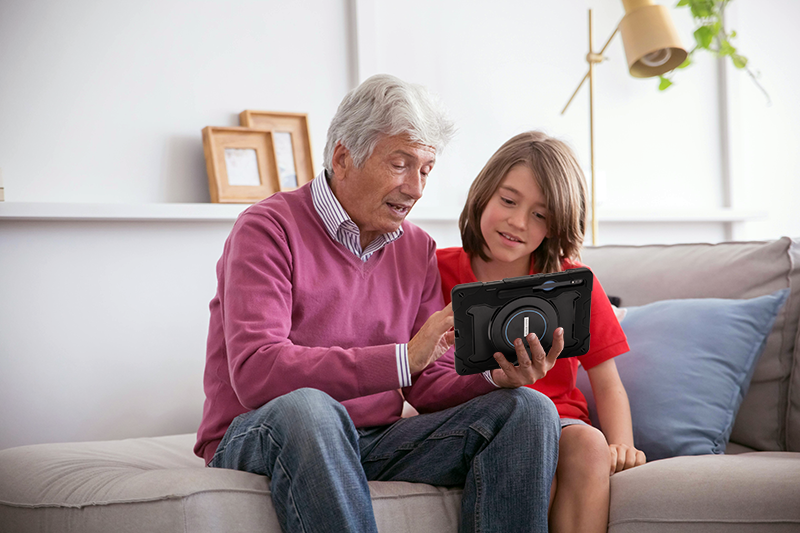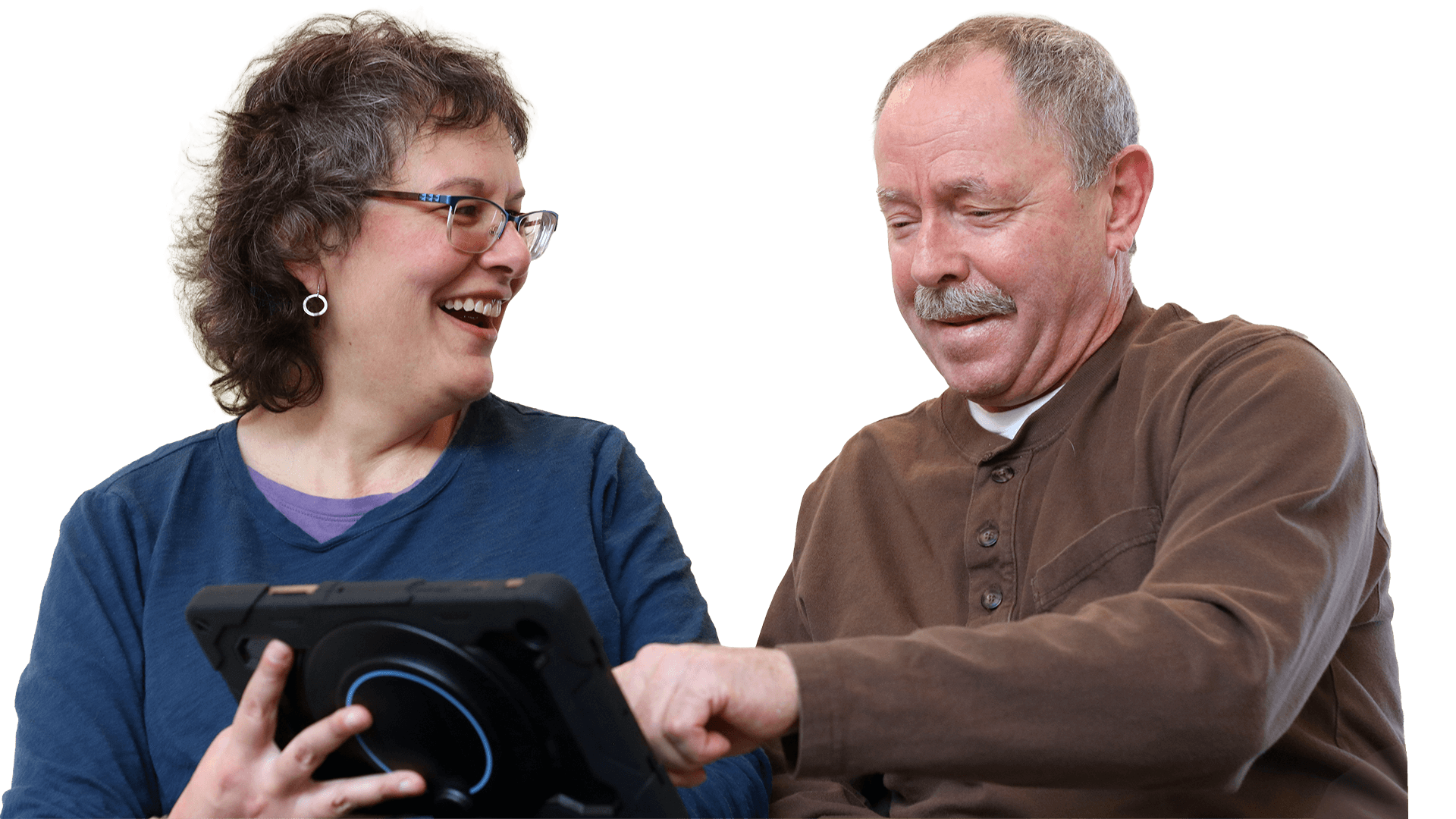What Parts of the Brain Control Speech? Understanding Language and Recovery
Published on Mar 06, 2025
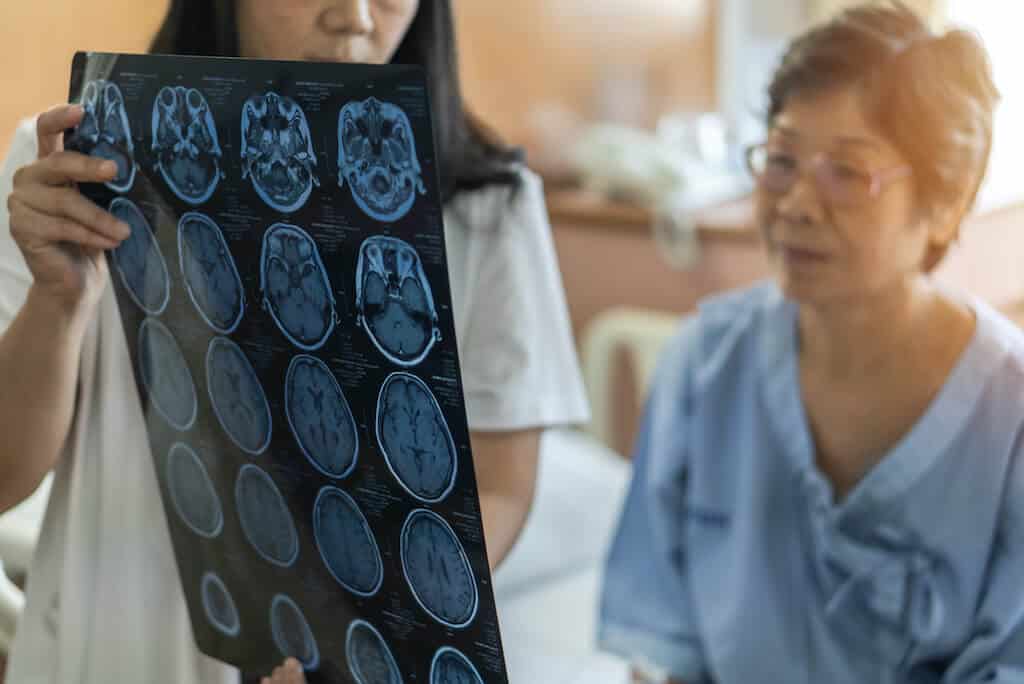
The human brain is one of the most complex and remarkable organs in the body. It controls movement, memory, emotions, and problem-solving, but perhaps one of its most intricate functions is communication. In just seconds, the brain coordinates thoughts, selects words, and sends signals to the muscles that produce speech.
But when certain areas of the brain are damaged by stroke, brain injury, or neurological conditions, this carefully orchestrated process can be disrupted. Words may feel just out of reach, sentences may not come together as they should, or speech may become slurred or difficult to control. These challenges can make daily interactions frustrating and isolating. But with the right tools and strategies, individuals can regain communication skills and rebuild connections.
How the brain supports communication
Several key areas of the brain work together to process language and speech:
- Broca’s Area (Frontal Lobe): Helps form words and sentences. Damage here can make speech slow and effortful.
- Wernicke’s Area (Temporal Lobe): Supports language comprehension. When affected, speech may be fluent but lack meaning.
- Frontal Lobe: Organizes thoughts, plans responses, and aids decision-making.
- Cerebellum & Parietal Lobe: Assist with speech coordination and sensory processing.
When stroke, brain injury, or neurodegenerative diseases affect these regions, communication can become difficult, leading to:
- Aphasia (language loss).
- Dysarthria (slurred or weak speech).
- Apraxia (difficulty coordinating speech movements).
Want a simple, visual breakdown of these brain areas?
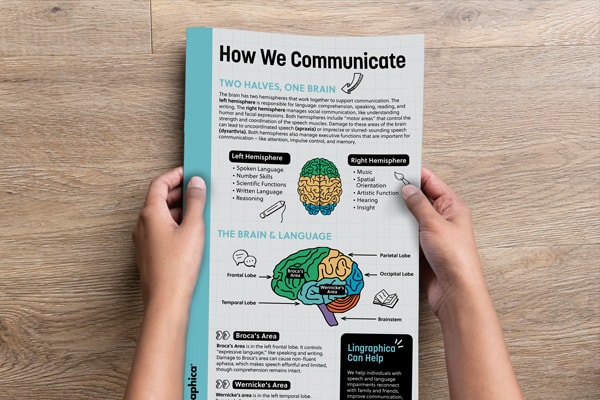
The impact of communication challenges
Speech difficulties affect more than just words. They impact confidence, relationships, and independence.
Many individuals struggle with following conversations, recalling words, or forming clear sentences. Over time, frustration can lead to withdrawal, isolation, and even anxiety or depression.
Caregivers also face challenges. Watching a loved one struggle to communicate can be heartbreaking, and many feel unsure about how to help.
But even when words are hard to find, connection is still possible.
How technology supports communication recovery
For individuals facing speech and language difficulties, Augmentative and Alternative Communication (AAC) tools provide new ways to express thoughts and emotions. These solutions range from simple, no-tech options to high-tech speech-generating devices.
No-tech and low-tech AAC: simple yet effective
No-tech AAC relies on gestures, facial expressions, or pointing to objects and pictures to communicate. Low-tech options include:
- Communication boards with pictures, words, or symbols
- Letter boards for spelling out words
- Flip books with common phrases

High-tech AAC: speech-generating devices
Lingraphica’s AAC devices help individuals communicate more easily and regain independence with:
- Customizable vocabulary for personal needs
- Touchscreen navigation for easy use
- Built-in therapy tools to support language recovery
Curious about AAC solutions?
Explore Lingraphica’s speech-generating devices.
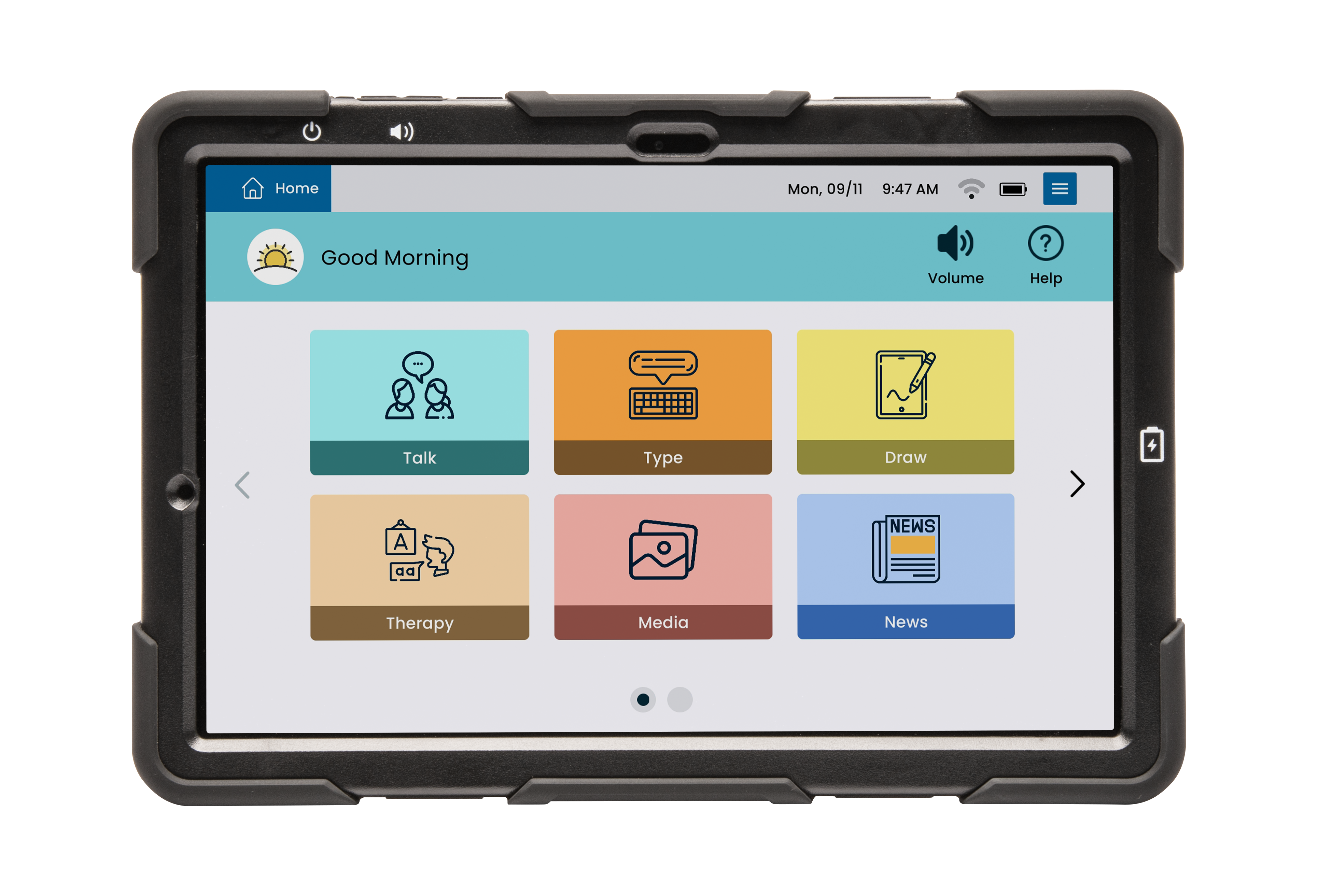
Patience, practice, and progress
Adjusting to communication changes takes time. Recovery isn’t linear, and setbacks happen – but with patience and support, progress is possible.
- Give yourself grace. Every small step forward matters.
- Pause, breathe, and try again. Communication may take longer, and that’s okay.
- Caregivers, be patient. Allow extra time for responses and encourage communication in any form.
No one has to navigate this journey alone. With the right tools, strategies, and mindset, individuals with communication challenges can continue to express themselves and stay connected.
About Contributor
Lingraphica helps people with speech and language impairments improve their communication, speech, and quality of life. Try a Lingraphica AAC device for free.




